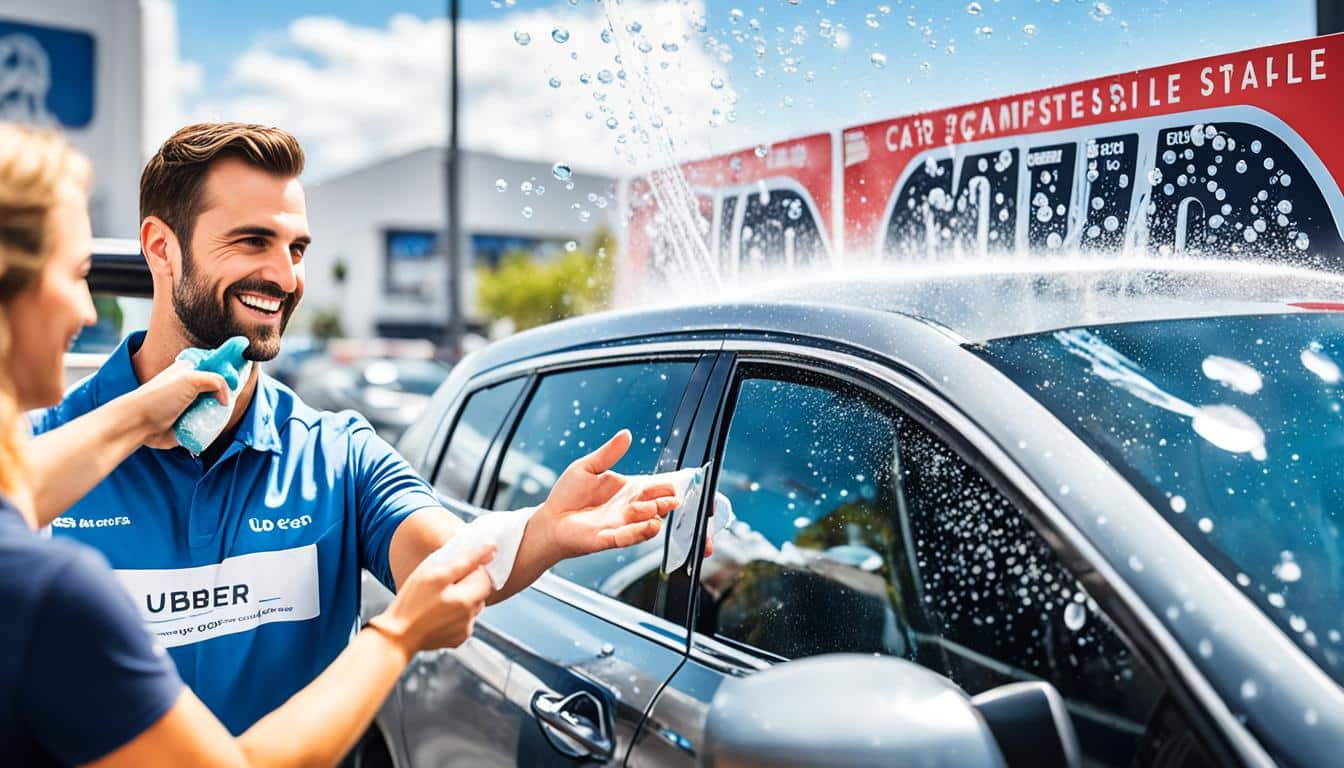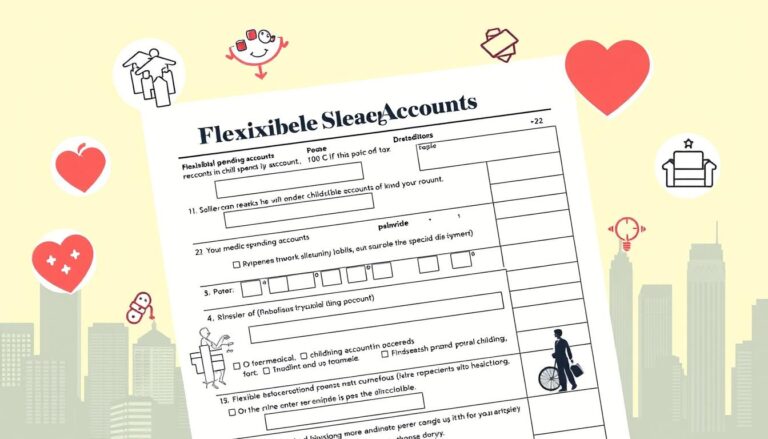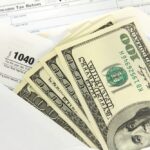As an Uber driver, you know that keeping your car clean is essential for providing a great experience to your passengers. But did you know that those car wash expenses can actually be tax deductible? Yes, you read that right – you can get some tax benefits for keeping your Uber ride spick and span!
Imagine this: you’ve just picked up a passenger, and as they settle into your pristine car, they immediately comment on how clean and fresh it smells. They even joke that it’s cleaner than some luxury rides they’ve been in. You smile and thank them, thinking to yourself, “Not only does a clean car make my passengers happy, but it also helps me reduce my tax liability.”
Key Takeaways:
- Car wash expenses incurred because of your Uber driving are tax deductible.
- Keep track of car wash receipts as proof for tax purposes.
- Maintaining a clean car not only pleases passengers but also helps reduce tax liability.
- Consult a tax professional for guidance on maximizing your tax benefits.
- Proper documentation is essential for claiming tax deductions.
Tax Deductions for Rideshare Business Expenses
As an Uber driver, you have the opportunity to take advantage of several tax deductions that can help offset your income. These deductions specifically apply to your rideshare business expenses, allowing you to save on your tax liability. By understanding and utilizing these deductions, you can maximize your tax savings and keep more money in your pocket.
Business Expenses for Uber Drivers
When it comes to deductible business expenses for Uber drivers, there are several categories to consider. These expenses are directly related to your rideshare driving and can significantly reduce your taxable income. Here are some of the key deductible expenses:
- Cellphone Rental: If you rent a cellphone exclusively for driving purposes, you can deduct the rental cost as a business expense.
- Portion of Personal Cell Phone Bill: If you use your personal cellphone for both personal and business purposes, you can deduct a portion of your monthly bill.
- Phone Chargers and Accessories: The cost of phone chargers and accessories that you use for your rideshare business can be deducted.
- AAA or Roadside Assistance Membership: The annual fee for your AAA or roadside assistance membership is eligible for deduction.
- Snacks and Water for Riders: Expenses incurred for providing snacks and water to your passengers are deductible.
- Car Cleaning and Detailing Costs: The costs associated with keeping your car clean and presentable for passengers can be deducted.
- Air Freshener Expenses: Any expenses for air fresheners to create a pleasant environment for riders are deductible.
- Personal Property Taxes: The portion of personal property taxes paid on your vehicle that is attributable to your rideshare business can be deducted.
- Loan Interest for Your Vehicle: If you have a loan for your vehicle, the interest paid on that loan is deductible.
- Parking Fees, Tolls, and Commissions: Expenses for parking fees, tolls, and commissions taken by the rideshare company are eligible for deduction.
It’s important to keep detailed records and receipts for these expenses to substantiate your deductions. By properly documenting your business expenses, you can confidently claim these deductions on your tax return.
Consulting with a tax professional who has experience with rideshare driver taxes is highly recommended. They can provide personalized advice and ensure that you are taking full advantage of all available tax deductions. Now, let’s take a closer look at the two methods you can use to deduct your rideshare business expenses.
Actual Expense Method Deductions
If you want to maximize your tax deductions as an Uber driver, consider using the actual expense method. This method allows you to deduct a wide range of actual vehicle expenses incurred during your rideshare driving. By keeping detailed records and receipts for these expenses, you can substantiate your deductions and potentially lower your taxable income.
Here are some of the actual expense deductions you may include:
- Oil changes: Keep track of your oil change expenses, as they are deductible.
- Garage rent for car storage: If you rent a garage or parking space to store your vehicle, you can include the rental fees as a deduction.
- Gas: The cost of fuel used for your Uber driving is deductible. Keep receipts to support your claim.
- New tires: If you need to replace your tires due to wear and tear from rideshare driving, the expenses can be deducted.
- Mechanical and cosmetic repairs: Deduct expenses for both mechanical repairs, such as engine repairs, and cosmetic repairs, such as dent removal.
- Depreciation within annual luxury auto limits: If you drive a luxury vehicle, there might be certain limits on the amount of depreciation you can deduct. Check the IRS guidelines for specific details.
- Lease payments: If you lease your vehicle, you can deduct the lease payments as an expense.
- Licenses: Include any licenses or permits required for your Uber driving.
- Insurance: Deduct the premiums you pay for auto insurance coverage.
- Vehicle registration fees: Keep records of any registration fees paid for your rideshare vehicle.
Remember, proper documentation is essential when using the actual expense method. Keep all receipts and records related to your deductible expenses to ensure your deductions are valid.
Deductions for the Standard Mileage Rate
As an Uber driver, one of the options available to you for calculating deductions for your mileage is the standard mileage rate. By using this method, you can deduct a predetermined dollar amount per mile driven for business purposes. This deduction can help offset the costs of your rideshare driving and maximize your tax savings.
For the 2022 tax year, the standard mileage rate is set at 58.5 cents per mile driven between January 1st and June 30th, and 62.5 cents per mile driven between July 1st and December 31st. It’s crucial to keep track of your mileage accurately and document it properly to support your deductions.
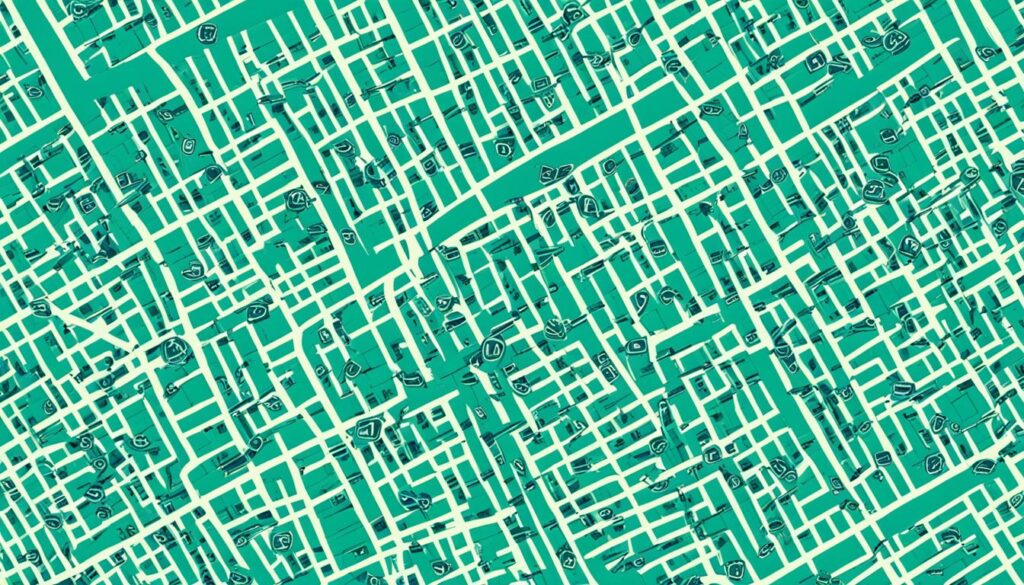
When it comes to determining which mileage is deductible, various business-related driving activities can be included:
- Fare mileage: The distances covered while carrying passengers.
- Mileage between pickups: The mileage driven between picking up one passenger and the next.
- Driving to destination areas: The mileage driven to reach popular locations where you’re likely to receive ride requests.
- Return trip mileage: The mileage driven back after dropping off a passenger.
- Trips to the gas station or store for supplies: The mileage driven for refueling or purchasing items specifically for your rideshare business.
- Other business-related mileage: This includes any additional driving done for rideshare-related activities.
Utilizing the standard mileage rate method simplifies the deduction process by allowing you to calculate your total mileage driven for business purposes and multiplying it by the applicable rate. This eliminates the need to track and calculate individual expenses associated with vehicle usage.
However, it’s important to note that once you choose to use the standard mileage rate for a given tax year, you must continue to use it for the entire year. You cannot switch between methods from year to year.
Comparing Deduction Methods: Standard Mileage Rate vs. Actual Expense Method
When deciding between the standard mileage rate and the actual expense method, it’s crucial to weigh the benefits of each method and choose the one that suits your individual circumstances.
While the standard mileage rate offers a straightforward calculation and eliminates the need to track and document individual expenses, the actual expense method allows you to deduct the actual costs associated with owning and operating your vehicle for business purposes.
Here is a comparison between the two methods:
| Standard Mileage Rate Method | Actual Expense Method | |
|---|---|---|
| Documentation required | No detailed expense records required, but mileage log recommended | Detailed records of all vehicle-related expenses |
| Mileage deduction | Set amount per mile driven | N/A |
| Vehicle-related deductions | N/A | Depreciation, fuel, maintenance, repairs, insurance, etc. |
| Requirements | Cannot have claimed depreciation on the vehicle | Must own or lease the vehicle and use it for business purposes |
By carefully considering your specific situation and reviewing your vehicle-related expenses, you can make an informed decision regarding the deduction method that will provide you with the highest tax savings as an Uber driver.
Vehicle Expenses and Mileage Deduction
As an Uber driver, managing your vehicle expenses is essential to maximize your tax deductions. There are two primary methods to offset your expenses: deducting actual vehicle expenses or claiming the mileage deduction. Let’s explore each option and find out which one suits you best.
Deducting Actual Vehicle Expenses
If you choose to deduct actual vehicle expenses, you can include various costs related to your vehicle. These expenses may include:
- Car payments
- Insurance
- Maintenance and repairs
- Gasoline
Deducting actual vehicle expenses requires meticulous record-keeping. Keep track of all your receipts and invoices to substantiate your deductions. Documentation is the key to claim legitimate deductions and avoid any issues during tax season.
Claiming the Mileage Deduction
The mileage deduction offers a simple alternative to deducting actual vehicle expenses. With this method, you can deduct a set amount for every mile you drive for business purposes. For the 2022 tax year, the deduction rate is 58.5 cents per mile for the first half of the year and 62.5 cents per mile for the second half.
The mileage that qualifies for deductions includes:
- Driving between passenger pickups and drop-offs
- Driving to refuel your vehicle or purchase supplies
- Trips to the airport or other destinations for rides
To claim the mileage deduction, it is crucial to maintain an accurate mileage log. You can use mobile apps or a mileage tracking spreadsheet to keep a record of your business-related miles. Remember to log the date, starting and ending locations, and the purpose of each trip to support your deductions.
Both methods have their advantages, so it’s important to evaluate which one will provide you with the most substantial deduction. To make an informed decision, consider factors such as your vehicle’s overall expenses, your mileage, and the documentation required for each method.
Other Tax-Deductible Expenses for Uber Drivers
While car washes and vehicle-related expenses are commonly known as tax-deductible for Uber drivers, there are other expenses that you can also claim. It’s important to keep proper documentation and receipts to support your tax deductions.
Tolls and Parking Fees
Tolls and parking fees incurred while driving for your rideshare business can be included as tax deductions. Whether you’re paying for bridge tolls or parking fees at airports or event venues, remember to keep track of these expenses and save the receipts.
Passenger Goodies
Providing a positive experience for your passengers can lead to better ratings and tips. The good news is that expenses for passenger goodies such as bottled water and mints are tax-deductible. These small gestures can go a long way in enhancing customer satisfaction and growing your earnings.
Meals Purchased While Recruiting Drivers
As an Uber driver, you have the opportunity to earn referral bonuses by recruiting new drivers to the platform. When you meet with potential recruits over a meal, these expenses can be considered tax deductible. Just remember to keep records of the meals purchased for recruitment purposes.
Subscription Fees for Music or Entertainment Services
Many Uber drivers choose to provide music or entertainment services for their passengers’ enjoyment. If you subscribe to music streaming services or other entertainment platforms solely for the purpose of enhancing the rider experience, these subscription fees can be included as tax deductions.
Cellphone Expenses
Your cellphone is an essential tool for managing your Uber business. If you use your personal cellphone for both personal and business purposes, you can claim a portion of your cellphone expenses as a tax deduction. This includes the cost of your cellphone plan, as well as any additional services or features related to your rideshare driving.
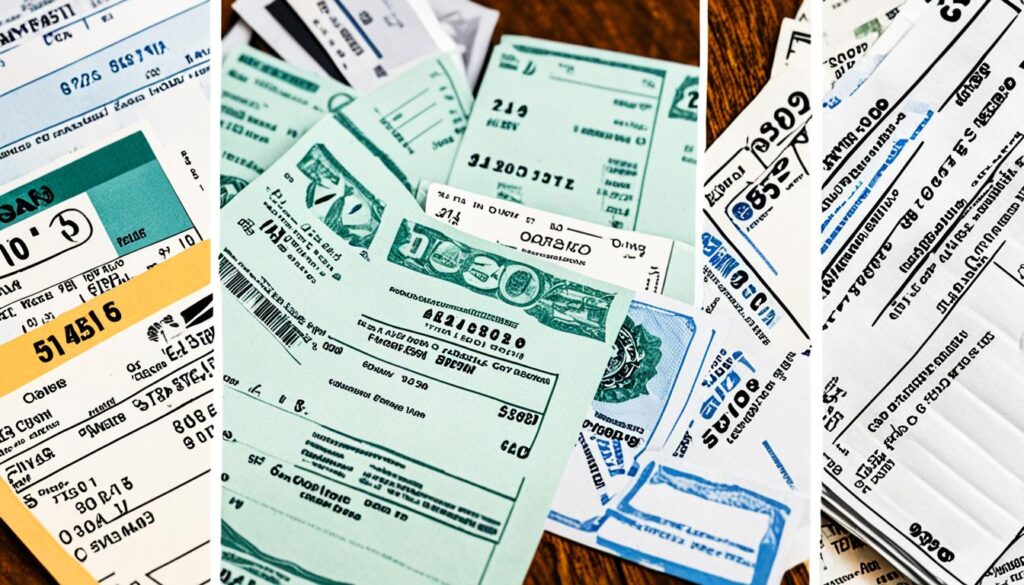
| Expense | Tax Deductible? |
|---|---|
| Tolls | Yes |
| Parking Fees | Yes |
| Passenger Goodies | Yes |
| Meals for Driver Recruitment | Yes |
| Music or Entertainment Subscription Fees | Yes |
| Cellphone Expenses | Partial deduction |
These are just a few examples of the other tax-deductible expenses available to Uber drivers. By understanding and taking advantage of these deductions, you can maximize your tax savings and keep more of your hard-earned money.
Maximizing Tax Savings as an Uber Driver
To maximize your tax savings as an Uber driver, you need to be strategic about your deductions and expenses. Keeping detailed records of all your costs and mileage is crucial. Remember to save receipts for car washes, vehicle-related expenses, tolls, and other deductible items.
Tracking your mileage accurately is another essential step. Whether you choose the actual expense method or the standard mileage rate, accurate mileage documentation will help you optimize your tax deductions. Be sure to keep a log of your business-related mileage, including trips between pickups, drop-offs, and any other rideshare-related activities.
Consulting with a tax professional who specializes in rideshare driver taxes is highly recommended. They can provide expert guidance tailored to your specific situation, ensuring that you’re taking full advantage of all available deductions and credits. A tax professional will also help you navigate complex tax regulations and ensure compliance with the latest tax laws.
By leveraging proper documentation, maximizing your mileage deductions, and seeking professional advice, you can maximize your tax savings as an Uber driver. This will put more money in your pocket and help you keep more of your hard-earned income.
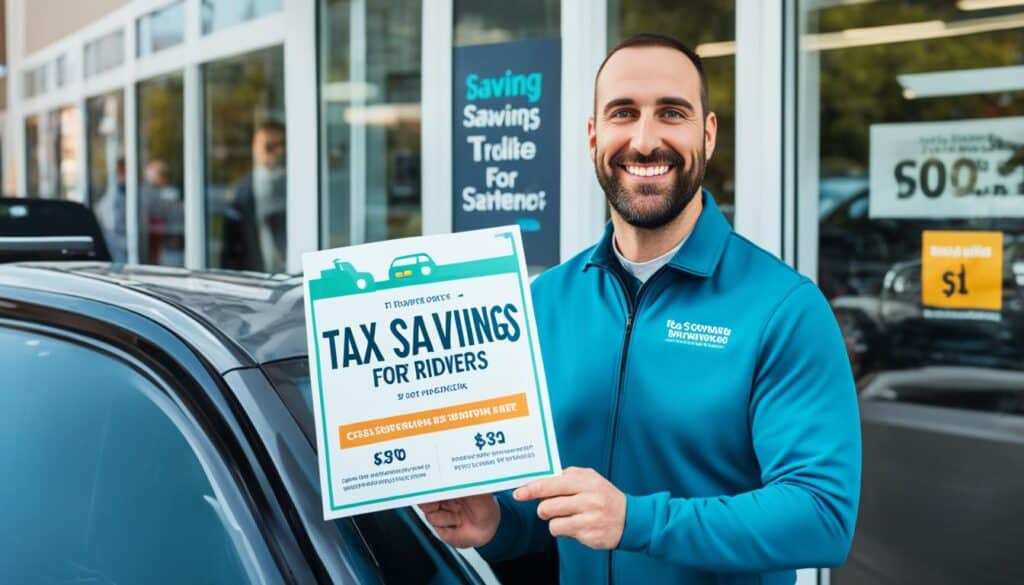
Tax-Saving Tips for Uber Drivers
- Keep separate bank accounts and credit cards for your business-related expenses.
- Set aside a portion of your earnings for estimated taxes to avoid surprises at tax time.
- Consider forming a limited liability company (LLC) to take advantage of additional tax benefits.
- Maximize your retirement contributions to lower your taxable income.
- Stay informed about changes to tax laws and regulations that may affect you as a rideshare driver.
By implementing these tax-saving strategies and staying proactive with your tax planning, you can optimize your tax savings and keep more of your earnings as an Uber driver.
Importance of Documentation and Professional Advice
When it comes to maximizing your tax deductions as an Uber driver, there are two crucial factors that can make all the difference: proper documentation and professional advice. By diligently keeping track of your expenses, mileage, and receipts throughout the year, you can ensure that you have the necessary evidence to support your deductions. This documentation will be invaluable when it comes time to file your taxes.
However, navigating the complex world of rideshare taxes can be challenging on your own. That’s where consulting with a tax professional who specializes in rideshare driver taxes becomes invaluable. These experts have the knowledge and experience to guide you through the intricacies of the tax code and help you make informed decisions that maximize your tax benefits.
Hiring a tax professional means you can rest easy knowing that you are taking full advantage of all available tax deductions. They will assess your specific circumstances and provide personalized advice tailored to your situation. Whether it’s recommending the best deduction method or identifying potential deductions you may not have considered, their expertise can save you time, money, and headaches.

